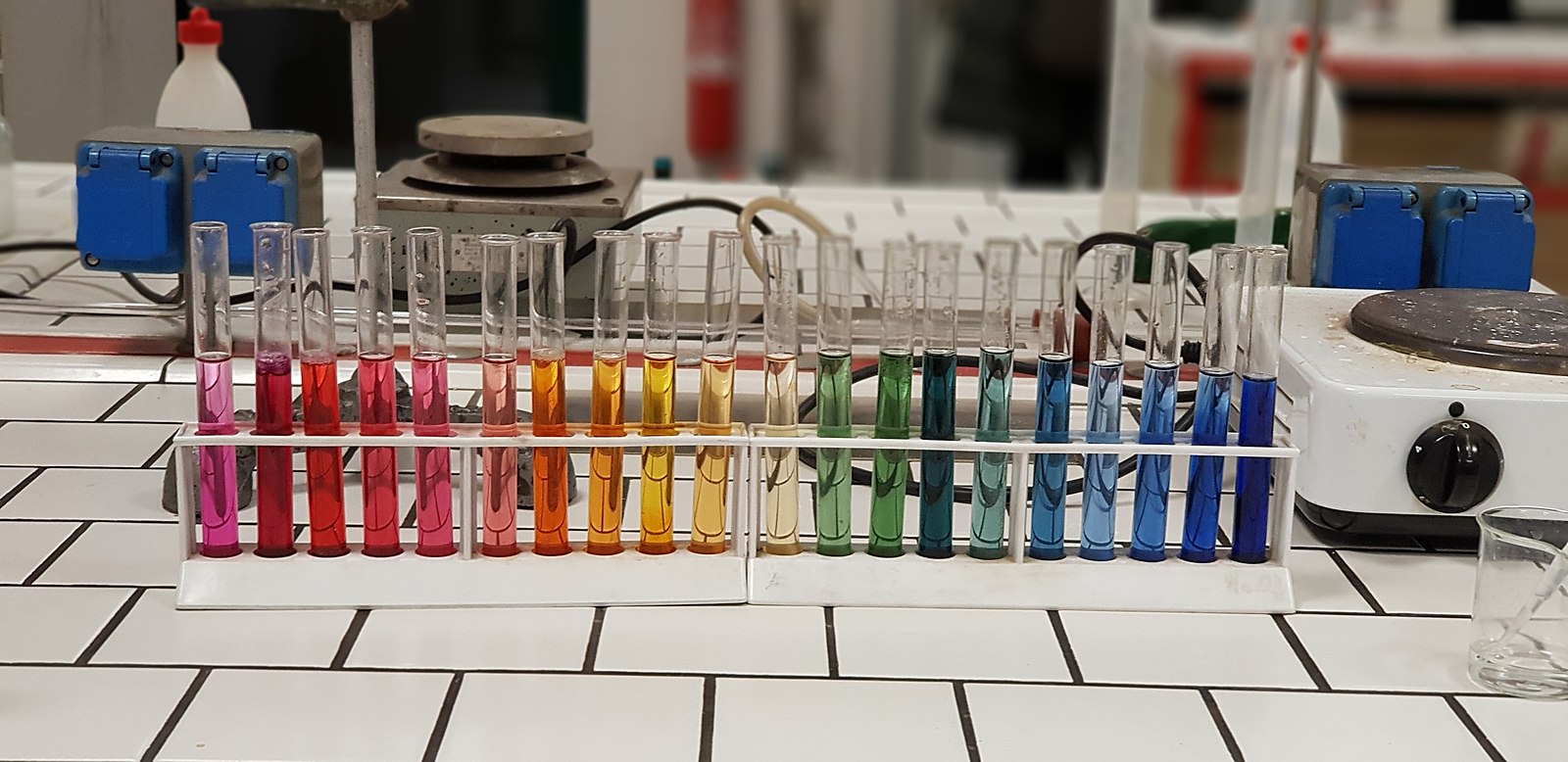The pH of a sodium cyanide (NaCN) solution is 10.38, indicating that the solution is basic. Sodium cyanide is a salt formed from the neutralization of a weak acid (hydrocyanic acid, HCN) and a strong base (sodium hydroxide, NaOH), resulting in an excess of hydroxide ions (OH-) and a basic solution when dissolved in water.
Understanding the pH and Cyanide Forms
When dealing with NaCN solutions, it is crucial to understand the relationship between pH, hydrogen cyanide (HCN), and the cyanide anion (CN-). These forms of cyanide are highly reactive and toxic, and their presence is influenced by the solution’s pH.
At a pH of 9.3 – 9.5, the CN- and HCN forms are in equilibrium, with equal amounts of each present. This is an important consideration, as the different forms of cyanide have varying levels of toxicity and reactivity.
Maintaining the pH of NaCN Solutions
To maintain the pH of a NaCN solution, acids or bases can be added as needed. For example, a strong acid like hydrochloric acid (HCl) can be used to lower the pH, while a strong base like sodium hydroxide (NaOH) can be used to raise the pH. However, it is crucial to exercise caution when handling these substances, as they can cause burns and eye damage.
Sampling and Analytical Procedures
When working with NaCN solutions, it is essential to follow proper sampling and analytical procedures to ensure accurate measurements and safe handling. Here are some resources that provide guidance on these processes:
- DIN 38405-13: 1981-02, German Standard Methods for the Analysis of Water, Waste Water and Sludge – Anions (Group D) – Determination of Cyanides (D13)
- South African Water Quality Guidelines, Volumes 1-7, Department of Water Affairs and Forestry, 1996
- Standard Methods For The Examination Of Waters and Wastewater, APHA-AWWA-WEF, 20th Edition, Washington DC, 1998
Risks and Safety Considerations
The risks associated with cyanide exposure are severe, and it is not recommended to attempt to adjust the pH of a NaCN solution without proper knowledge and equipment. If you are working with NaCN solutions, ensure that you follow safety guidelines, use appropriate personal protective equipment (PPE), and have spill response equipment readily available.
Conclusion
In summary, the pH of a sodium cyanide (NaCN) solution is 10.38, indicating a basic solution. Understanding the relationship between pH, hydrogen cyanide, and the cyanide anion is crucial when working with NaCN solutions, as it affects the form of the cyanide present and its associated toxicity. Maintaining the pH of NaCN solutions requires the careful addition of acids or bases, while following proper sampling and analytical procedures is essential for accurate measurements and safe handling. Ultimately, the risks associated with cyanide exposure are severe, and appropriate safety measures must be taken when working with NaCN solutions.
References:
1. The pH of an aqueous solution of NaCN is 10.38. (n.d.). Retrieved from https://www.quora.com/The-pH-of-an-aqueous-solution-of-NaCN-is-10-38
2. Is NaCN acidic, basic, or neutral (dissolved in water)? (2020, April 28). Retrieved from https://www.youtube.com/watch?v=mly9OTJrAA0
3. Cyanide Facts. (n.d.). Retrieved from https://cyanidecode.org/cyanide-facts/
4. Sodium Cyanide: Systemic Agent | NIOSH | CDC. (n.d.). Retrieved from https://www.cdc.gov/niosh/ershdb/emergencyresponsecard_29750036.html

